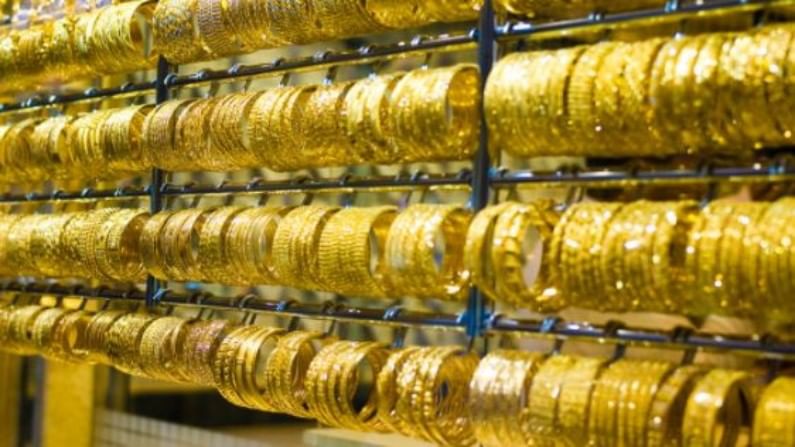All that glitters is not gold: Hacks to check hallmarking of jewellery
The Centre has mandated jewellers to mention the hallmarking charges of each piece of jewellery separately in the bill

To ensure no further misselling of gold jewellery, the Centre has mandated the sales of hallmarked jewellery from June 16. Hallmark is a certification of purity that indicates the percentage of pure gold in a jewellery item. For instance, whether a jewellery contains 18-karat, 20-karat or 22-karat of pure gold.
It is easy for jewellers to fool customers while selling gold jewellery. Items with lower gold purity may be sold at the price of a 22-karat product as one can hardly make out any difference from its physical appearance.
“Hallmarking will impact jewellery business in terms of quality. Those selling inferior quality gold under the pretext of fooling customers will be forced to adhere to the new norms. It will make the selling of gold jewellery more transparent and credible,” Anuj Gupta, vice president at IIFL Securities said.
Checklist for consumers
Now that hallmarking is made compulsory, tricksters may find a way to produce fake purity certificates as well. Hence, you must look for a few checks to ensure the hallmarking on your jewellery is genuine.
While buying jewellery, you must notice three important marks on the hallmarked items – purity, hallmarking centre’s identification mark and the jeweller’s identification mark as well.
A jeweller can get a hallmark certificate from assaying and hallmarking centres (AHCs) that are accredited by The Bureau of Indian Standards (BIS). In fact, a credible jeweller first needs a license from BIS to get its goods hallmarked.
Hence, the first step to buy jewels is to select a jewellery store licensed by BIS. This ensures the details provided on the hallmark certificate is accurate.
New mandate
The Centre has mandated jewellers to mention the hallmarking charges of each piece of jewellery separately in the bill.
According to latest regulations, the invoice should indicate the description of each article, the net weight of the metal, purity in karat and fineness, and hallmarking charges. The AHC charges a fee of Rs 35 per article. Make sure to check these details in the bill provided by the jeweller.
Apart from this, you can also get the jewellery tested from any of the BIS-recognized AHC to reconfirm the purity of gold. This is chargeable but often taken on priority by the AHCs.
How will consumers benefit?
If the jewellery is found of any less purity than claimed in the bill, the AHC, which also conducted the initial certification, will have to refund the consumer’s fees. Your jeweller is also liable to compensate for the loss and should be reached out in case of any discrepancies.
While hallmarking will help prevent misselling, one must stay conscious enough to keep an eye on the adherence to rules while buying such precious metals.

